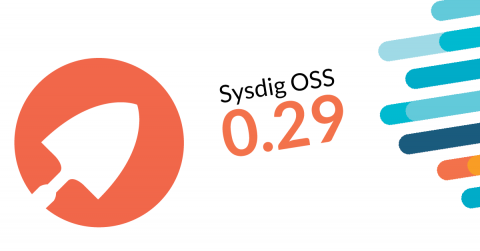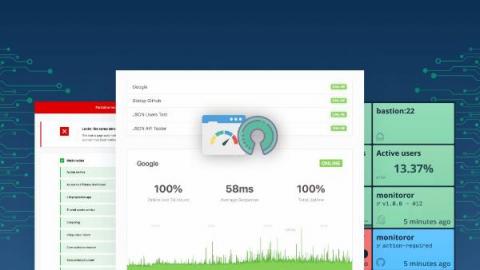Operations | Monitoring | ITSM | DevOps | Cloud
Open Source
How to Manage Aiven for Apache Kafka Parameters
Boost Developer Productivity and Operator Confidence with Secure, Enterprise-Ready Open Source
Today, a lot of organizations face the challenge of running open source software in production environments in a secure and compliant way. Just six months ago, we witnessed how a vulnerability in Log4j, one of the most popular open source libraries, compromised millions of sites and applications, including products from major cloud vendors.
Expanding Vision: OpenSearch Dashboards Advance Open Source Observability
From the moment Elastic announced plans to abandon a pure open source license for its Elasticsearch engine and Kibana dashboards in early 2021, there’s been a massive effort underway to create clear alternatives for the global community of active users. Logz.io has been an outspoken advocate and contributor to this work – fully embracing it as part of our product roadmap to best serve the needs of our customers, and preserve our long-term commitment to open source observability.
Open Source Defeats a Patent Troll, GitHub's ReadME Project, and More: Open Source Matters
Welcome to the 9th edition of Open Source Matters: our regular publication about the latest happenings in open source! Let’s dive into the news.
Patent trolls vs. the open source community: Open Source Matters
Why does Pandora FMS Open Source exist?
My name is Sancho and I am the person who started developing Pandora FMS in 2004. I want to tell you why Pandora FMS Open Source exists and why the community is so important to me.
New release of Sysdig Open Source leverages Falco plugins
Sysdig maintainers are thrilled to announce the latest release of our beloved OSS tool for analyzing and/or recording the activity of processes and containers on a Linux system. You can find the full CHANGELOG in the GitHub repository, but here are some highlighted features: Note: The 0.29.1 has been released with a bug fix shortly after we started to write this post.
How to Choose a Scalable Open Source Time Series Database: The Cost of Scale
When looking for a highly scalable time series database, there are a number of criteria to investigate and evaluate. First up, it’s always a good idea to consider open source software. It’s more likely to have gone through comprehensive troubleshooting, it’s typically more reliable as it has more timely and widespread peer-review, it better guarantees technology independence, it’s easier to find engineers who are familiar with it and it has great security.
6 Top-Rated Open Source Status Page Alternatives for 2022
With so much reliance on online services and applications these days, a status page is essential to a business, its support and IT teams. It’s a key component in your incident communication strategy. Communicating the status of your website or service to users (particularly customers) creates trust and keeps them updated—especially during downtimes. Plus, it saves you from sending out emails or using other time-consuming methods to provide status updates.











